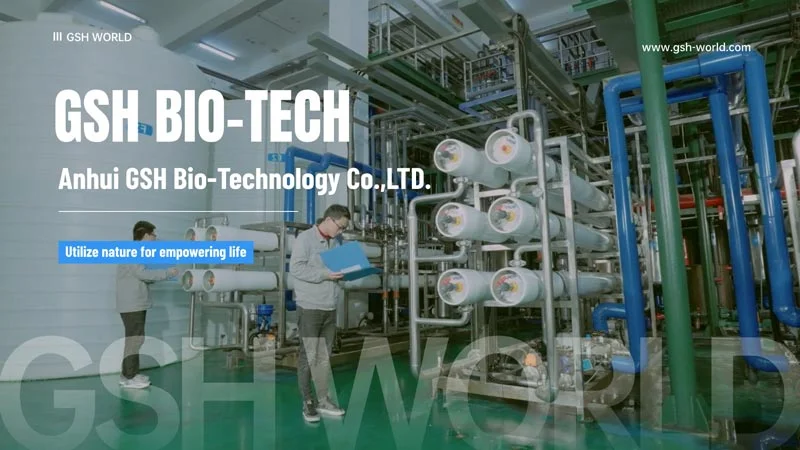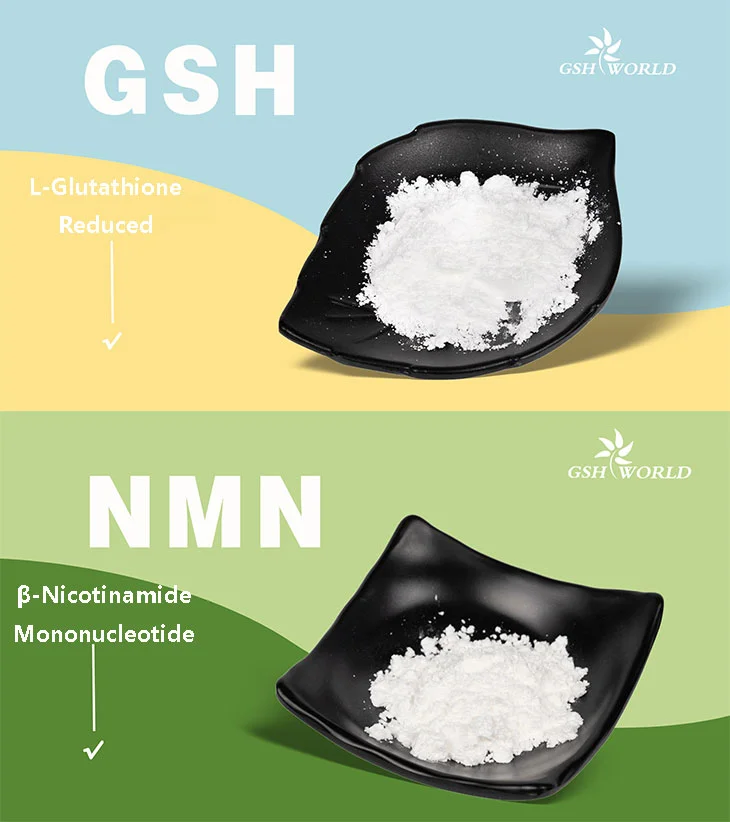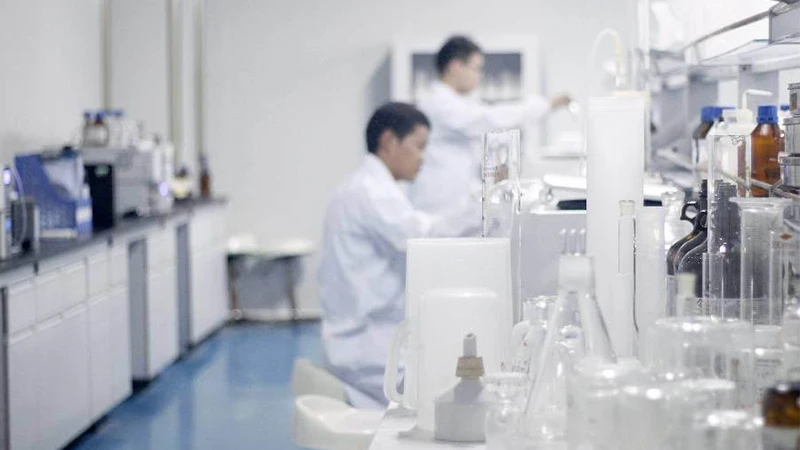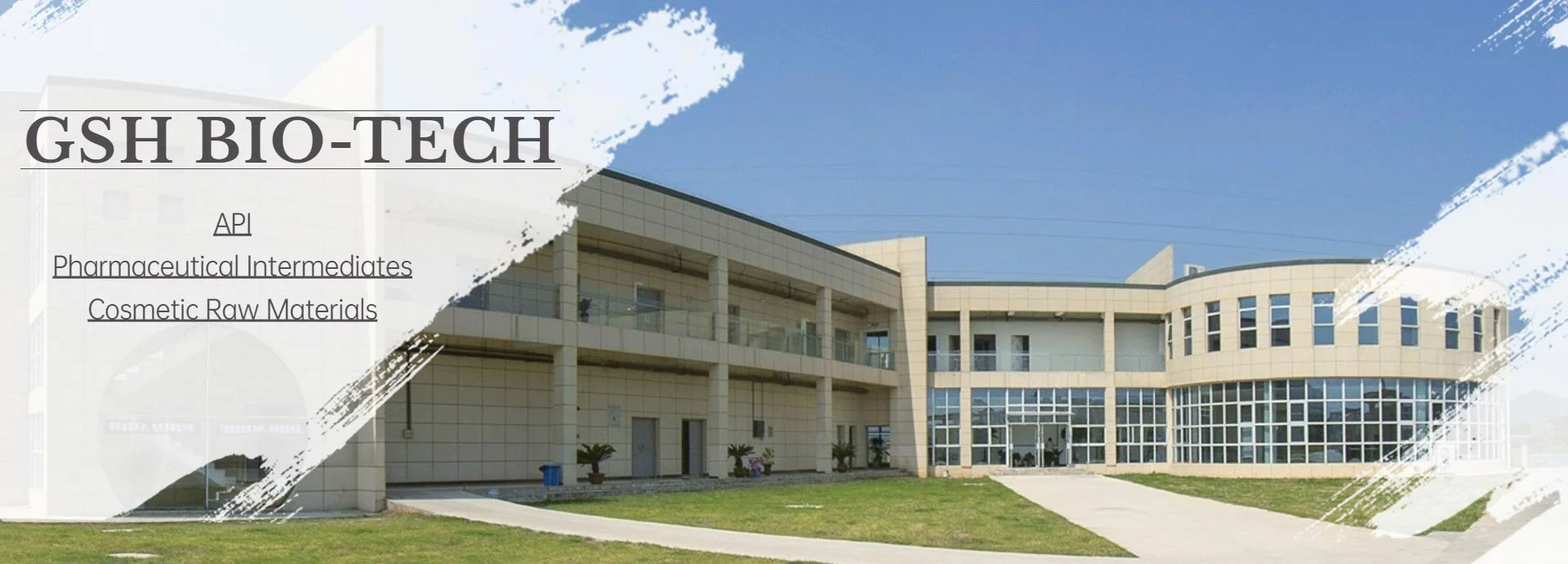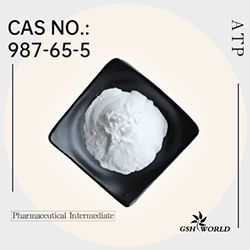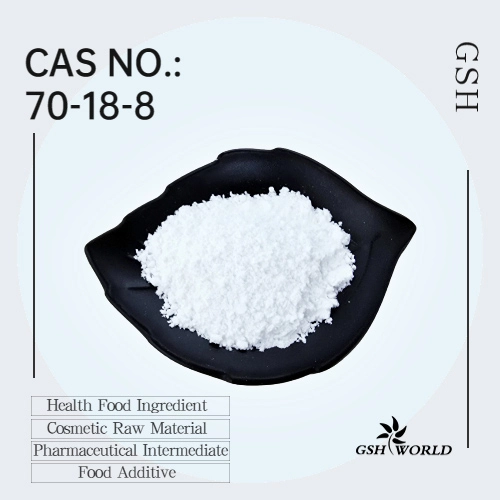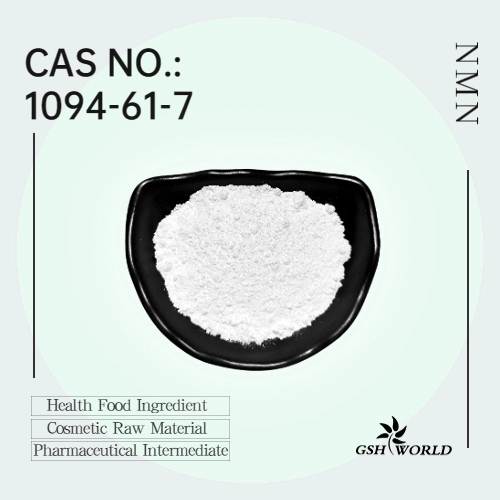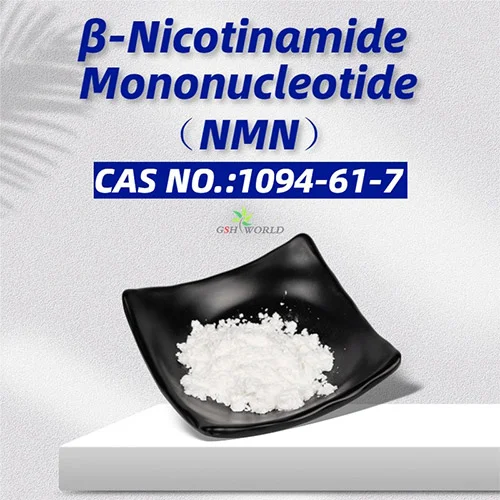The role of adenosine triphosphate (ATP) in exercise
ATP, short for adenosine triphosphate, is a key component of virtually every form of movement in our bodies. It serves several vital functions – chief among them being energy production. ATP acts as an energy-rich molecule, capable of facilitating reactions that require energy to take place.
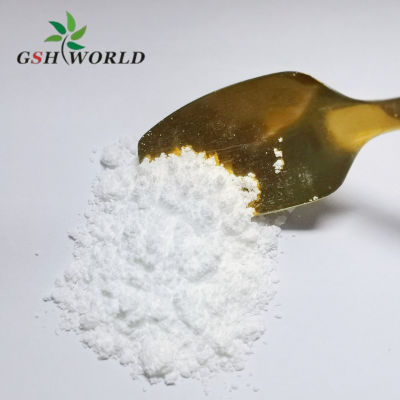
In the cellular world, Almost all of the energy our cells need is provided by ATP. During physical activity, our body needs to convert energy stored in ATP molecules into a form our muscles can use. When ATP is broken down, or hydrolyzed, it releases a large amount of usable energy. This helps create the energy needed to make muscles contract, allowing you to do everything from running to jumping to gripping.
Creating and maintaining ATP is central to the way our bodies produce the energy necessary for movement in almost every capacity. Every day, the cells in our bodies create and breakdown millions of ATP molecules in order to fuel the physical activities that make us move.
ATP is created in a variety of ways, depending upon the activity of our cells. During intense activities like sprinting, ATP production happens very quickly as our muscles break down fat and glucose from the bloodstream. This form of ATP production is called the "phosphagen system".
In endurance exercises, ATP production occurs more slowly and is more reliant on the aerobic energy system of the body. In this system, ATP is created through a process called glycolysis, where glucose from the blood is broken down and converted into ATP in a series of small steps.
When ATP is produced through glycolysis, it can produce even larger amounts of energy than the phosphagen system. This helps our muscles create longer lasting movements, allowing us to perform activities like running and swimming for extended periods of time without fatiguing.
ATP is also essential for recovery. After intense physical activity, we often feel fatigued or sore. This is due to the breaking down of ATP in the muscles, as well as to our body's natural processes of healing and repair following exhaustive use of our muscles. This means that after an intense workout, the cells in our body are left trying to rebuild their stores of ATP molecules in order to get back to full strength.
As well as being essential for movement, ATP also helps to regulate several other functions within the body. It plays a role in maintaining calcium balance, for instance, and helps to regulate the balance of sodium and potassium in our cells. It is also involved with the production of essential proteins, and helps drive chemical reactions in the body that cannot take place without it.
In conclusion, ATP is a vital component of almost all aspects of movement. It provides the energy needed to keep our muscles moving, whether we're sprinting or exercising over time. It is also involved in the recovery process, helping to ensure our bodies can rebuild stores of ATP after activity. Finally, it plays a role in several other bodily functions, such as maintaining calcium balance and regulating the balance of other elements in our cells. Without ATP, none of these functions would be possible.
by GSHWORLD
GSHWORLD is China Biological API Manufacturer. China Adenosine Triphosphate Supplements powder suppliers & best Adenosine Triphosphate benefits raw material Factory.

